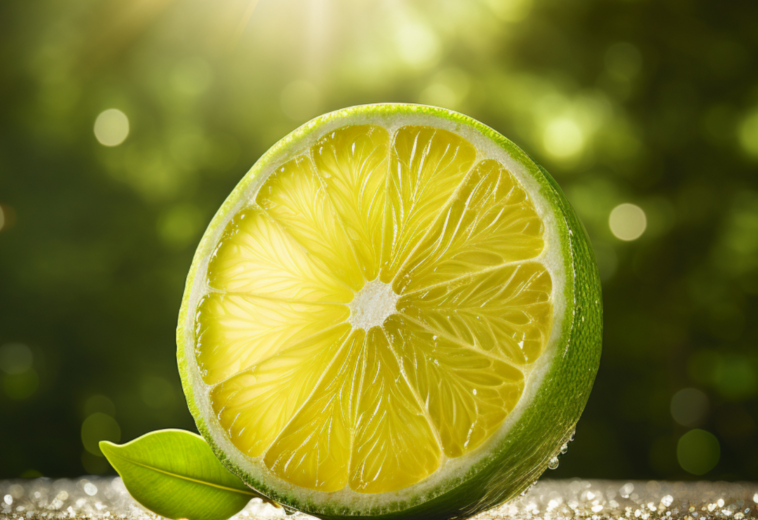New research published in the peer-reviewed Proceedings of the National Academy of Sciences (PNAS) reveals that bottled water may not be as healthy and pure as claimed due to contamination with microplastics.
Researchers from Columbia University and Rutgers University found that the average bottle of water sold at grocery stores contains nearly 250,000 fragments of harmful nanoplastics, which are so small in size that they are invisible to the naked eye.
“For reference, there are 25,400 microns in one inch,” explains The New American‘s Veronika Kyrylenko, noting that nanoplastics are smaller than a micron in size. “A single human hair is about 83 microns wide.”
(Related: Did you know that simply throwing away used plastic is better for the environment than trying to recycle it?)
Microplastics exposure linked to oxidative stress, inflammation and immune dysfunction
Related research published last year in The Lancet adds to these latest findings in that it found that microplastics are highly toxic to the human body.
Exposure to micro- and nanoplastics was found to induce deleterious health effects, not the least of which include oxidative stress, inflammation, immune dysfunction, altered biochemical and energy metabolism, impaired cell proliferation, disrupted microbial metabolic pathways, abnormal organ development and carcinogenicity, meaning they cause cancer.
Plastic in general is particularly toxic due to its non-degradable nature. The more plastic a person inadvertently consumes through contaminated food and beverages, the more that plastic accumulates in the body.
Microplastics, which are larger than nanoplastics, tend to accumulate in the blood, heart and lungs of the human body. Detoxifying them is also a challenge, which is why experts increasingly advise the public to avoid plastic bottles and containers as much as possible.
Instead of purchasing plastic water bottles, a person might instead purchase a glass or stainless-steel reusable bottle and fill it up with purified water that was filtered at home. It is also advised to never microwave food or liquids in plastic or Styrofoam containers.
The International Bottled Water Association (IBWA), a trade association that represents the bottled water industry, is of course pushing back on all this new research about micro- and nanoplastics.
“Media reports about these particles in drinking water do nothing more than unnecessarily scare consumers,” the IBWA said, urging the public to remain calm and continue drinking bottled water regardless of what the science says.
The IBWA also cited research from the World Health Organization (WHO) claiming that the available evidence is too sparse to draw firm conclusions about the safety of consuming bottled water.
According to the WHO, “no adverse health effects could be drawn” from eating or drinking foods or beverages containing micro- or nanoplastics, a position that the IBWA also holds.
The WHO does, however, admit that pollution from micro- and nanoplastics could still damage human health, including by promoting the growth of toxic microorganisms, also known as “biofilms,” on plastic particles.
“The possibility of enrichment of antimicrobial-resistance genes in MP-associated biofilms and the role of NMP as vectors for pathogens and chemicals should be studied further,” the WHO wrote, calling for more research into the matter.
“Although the limited data provide little evidence that NMP have adverse effects in humans, there is increasing public awareness and an overwhelming consensus among all stakeholders that plastics do not belong in the environment.”
“Looking at photos of UN, climate, WEF meetings, with all the plastic bottled water, it may explain the megalomania the attendees suffer from,” a commenter joked on a story about the new research.
The global food and beverage chain is riddled with plastic contamination. Learn more at Microplastics.news.
Sources for this article include:
Originally posted: https://www.naturalnews.com/2024-01-22-bottled-water-contains-alarming-plastic-particles-microplastics.html
Author: Ethan Huff


